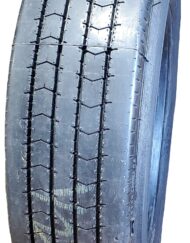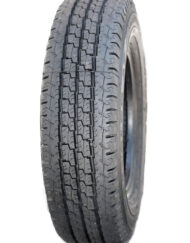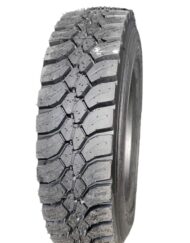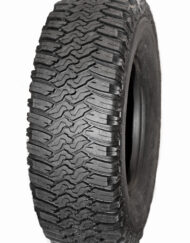Tire How-Tos: Checking Your Car’s Tire Pressure
The amount of air pressure in tires can have a serious impact on your safety. In particular, tires that are underinflated can lead to dangerous and sometimes even deadly accidents. Furthermore, because tires that don’t have enough pressure wear faster, they waste gas and have to be replaced sooner, which means more money out of your pocket. You can avoid all of this by simply taking the time to check tire pressure on a regular basis and make sure that yours are properly inflated at all times. Here’s how.
First, purchase a tire pressure gauge. You can usually find these at just about any gas station, convenience store, auto parts shop or even your local big-name retailer. A quality tire pressure gauge is also surprisingly inexpensive and can easily and conveniently be stored in your glove box where it can be accessed any time you’d like to verify your tire air pressure.
It’s important to note that for best results, your tires should be “cold” when you check them. In other words, it’s best to check tire pressure before you drive your car or at least 3 hours after it was last driven.
When you’re ready to proceed, begin by inserting your tire pressure gauge into the valve stem of your tire. With digital tire gauges, pressure reading will start immediately. If it’s manual or “pencil” style, the gauge will pop out and indicate what the reading is. You may wish to consult the instruction manual first to ensure proper usage. Note: it’s normal to hear a “pssst” sound when first inserting the gauge. Unless you hold the gauge down too long, this shouldn’t affect the pressure.
Once you’ve got your reading, also known as ‘psi,’ check it against the sticker located inside your vehicle’s driver-side door. If you can’t locate the sticker, the owner’s manual should contain information on proper tire pressure. If your measured psi is above the recommended number, let a small amount of air out and recheck, repeating as necessary until it matches. If the psi is below the recommended number, add air until it reaches the proper number. This can be done at your local gas station.
Given the safety risk and increased expenses associated with improper tire air pressure, knowing how to check and address an over or under-inflation situation is a crucial part of vehicle ownership. For more tire safety tips, check out our blog.




